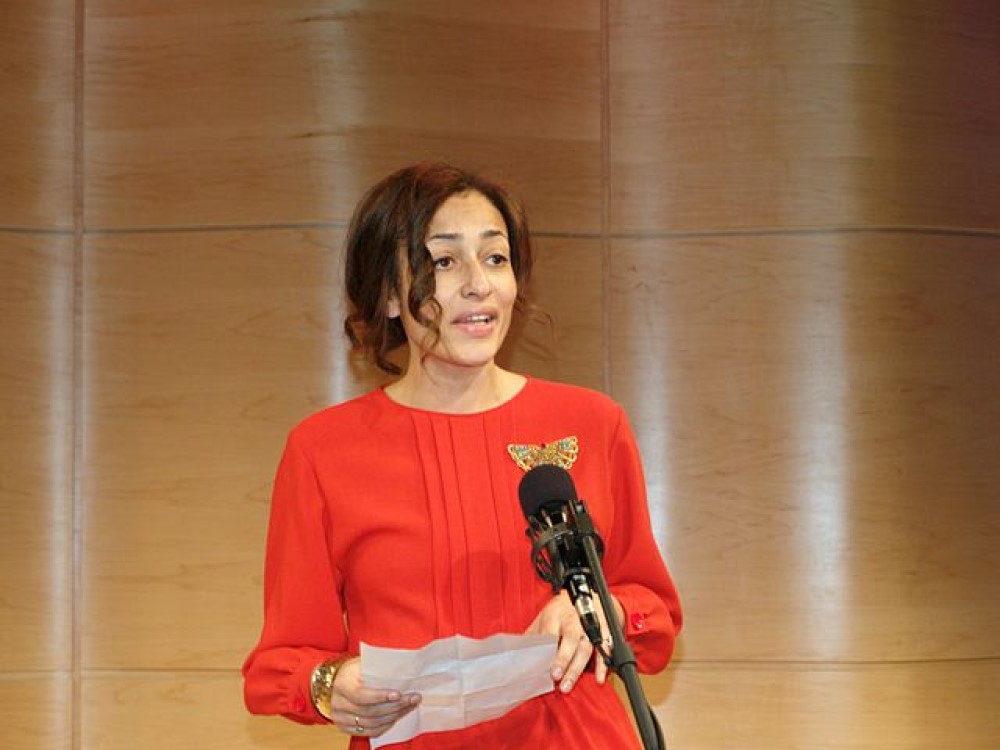
Zadie Smith’s 20000 debut novel “White Teeth” was an instant success that transformed her into a household name in the literary world by her 25th birthday. The novel zips through the perspective of three London families as they experience life in the city outside of the white-majority lens.
Themes of ethnic diversity and the minority experience run throughout Smith’s works. Smith herself is the daughter of a Jamaican immigrant mother and a white English father, which seems to inform many of her characters’ developments as figures that exist between two worlds and are not quite sure of their footing in either.
Smith certainly found solid ground as an author early on, having won a considerable number of prizes for her initial contribution to literature. “White Teeth” won the Guardian First Book Award, the Whitbread First Novel Award, and the Commonwealth Writers Prize (Overall Winner, Best First Book). It was also translated into over 20 languages.
Smith served as the writer-in-residence at London’s Institute of Contemporary Arts, and since 2010 has been a tenured professor of Creative Writing at New York University. While most known for her novels, Smith is also a prolific essayist, though for her, essays are a more recreational form of writing. “Usually an essay comes when I’m playing hooky from novel writing,” said Smith. “Writing a novel is like doing a long-distance race, and writing an essay in the middle of one is like turning left off the route, finding a cafe and paying close attention to something different. It’s a form of relief.”
Recently, Smith has jumped genres yet again, trying her hand at playwriting. In “The Wife of Willesden,” Smith puts her spin on “The Wife of Bath” from Chaucer’s “The Canterbury Tales” with a modern-day northwest London setting. The play, which takes place in a pub, centers on an oft-married woman unafraid to describe her sexual exploits to anyone willing to listen. Smith brought the 600-year-old text into the world of today with the same genuine, human-centric storytelling that is a hallmark of her other works.
